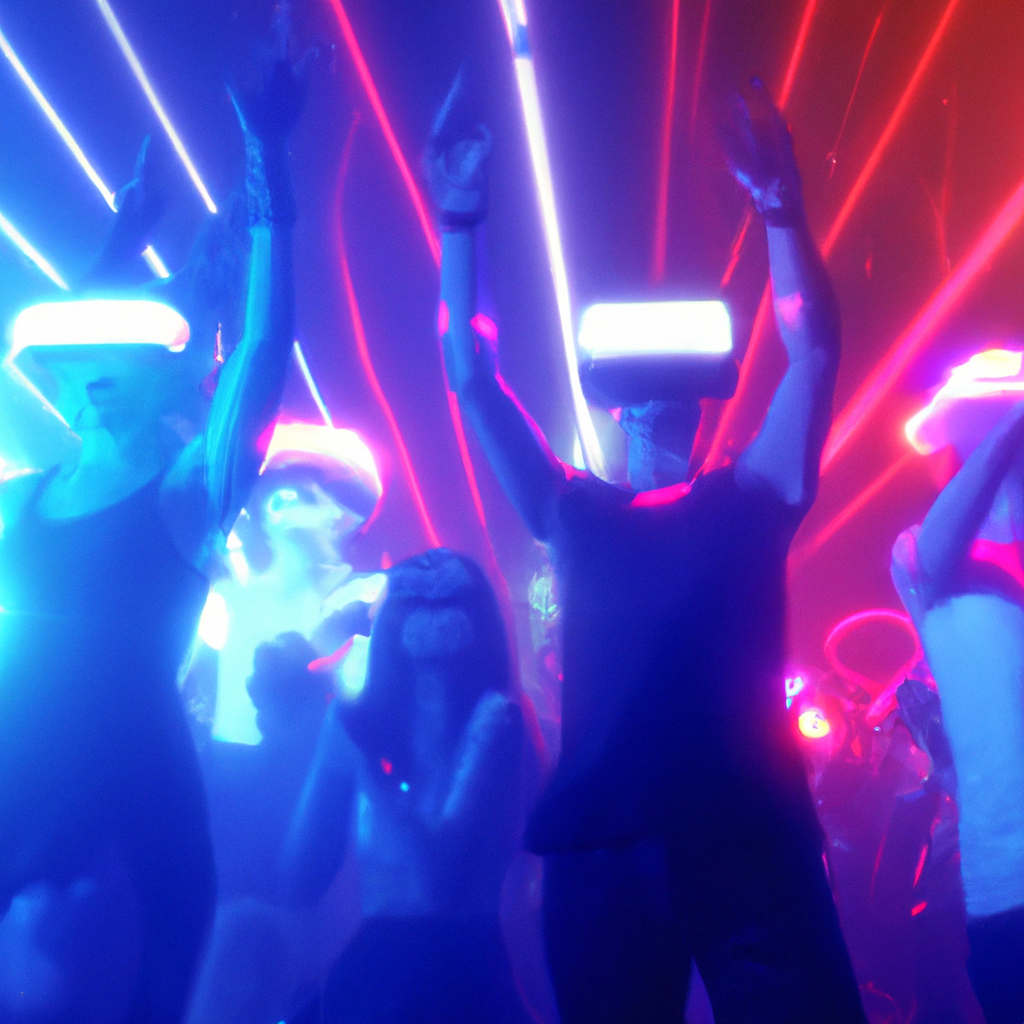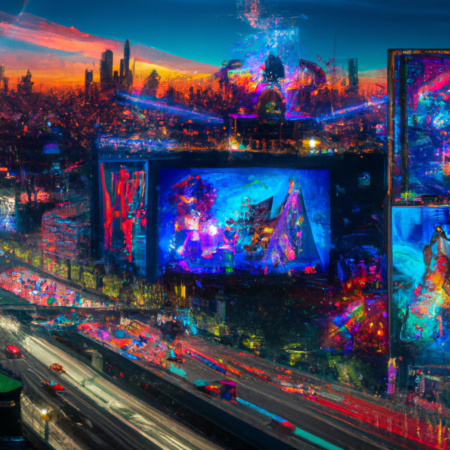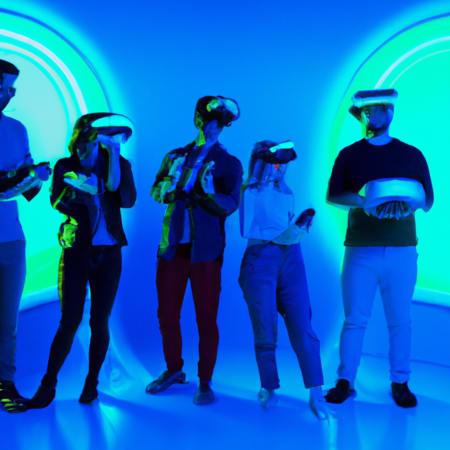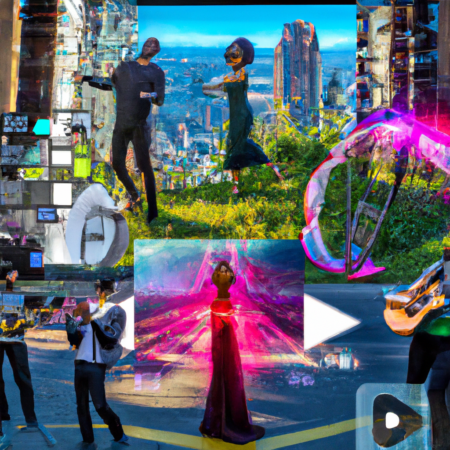Exploring the Surge of Virtual Reality Concerts in 2025
Virtual reality has transformed numerous industries, and as of 2025, the music industry is no exception. VR concerts have become a global phenomenon, offering unprecedented immersive experiences that bring fans closer to their favorite artists without leaving home.
This trend was spearheaded by major tech companies and music labels, aiming to provide an innovative platform for performances amidst global mobility restrictions. The technology not only replicates a live concert atmosphere but also enhances it with unique, surreal visuals that are impossible in physical venues.
Several key factors contribute to the popularity of VR concerts. First, accessibility: fans from any location can join concerts with a VR headset. Second, interactivity: audiences can choose different viewing angles, interact with other fans, and sometimes even influence the performance in real-time.
The financial model is also appealing. Artists can reach a larger audience, which can translate to higher ticket sales and merchandise revenue. Additionally, environmental concerns related to large physical events are significantly mitigated, aligning with a growing global push towards sustainability.
Looking forward, the evolution of VR technology promises even more dynamic and engaging concert experiences. Advances in VR hardware, such as lighter headsets and more intuitive controls, are on the horizon. Furthermore, with the rise of augmented reality (AR), mixed reality concerts could become the next big leap, blending physical and digital worlds seamlessly.
In conclusion, VR concerts are not just a temporary trend but a glimpse into the future of live music entertainment. As technology advances, they are set to revolutionize the way we experience music, making it more inclusive, interactive, and environmentally friendly.






